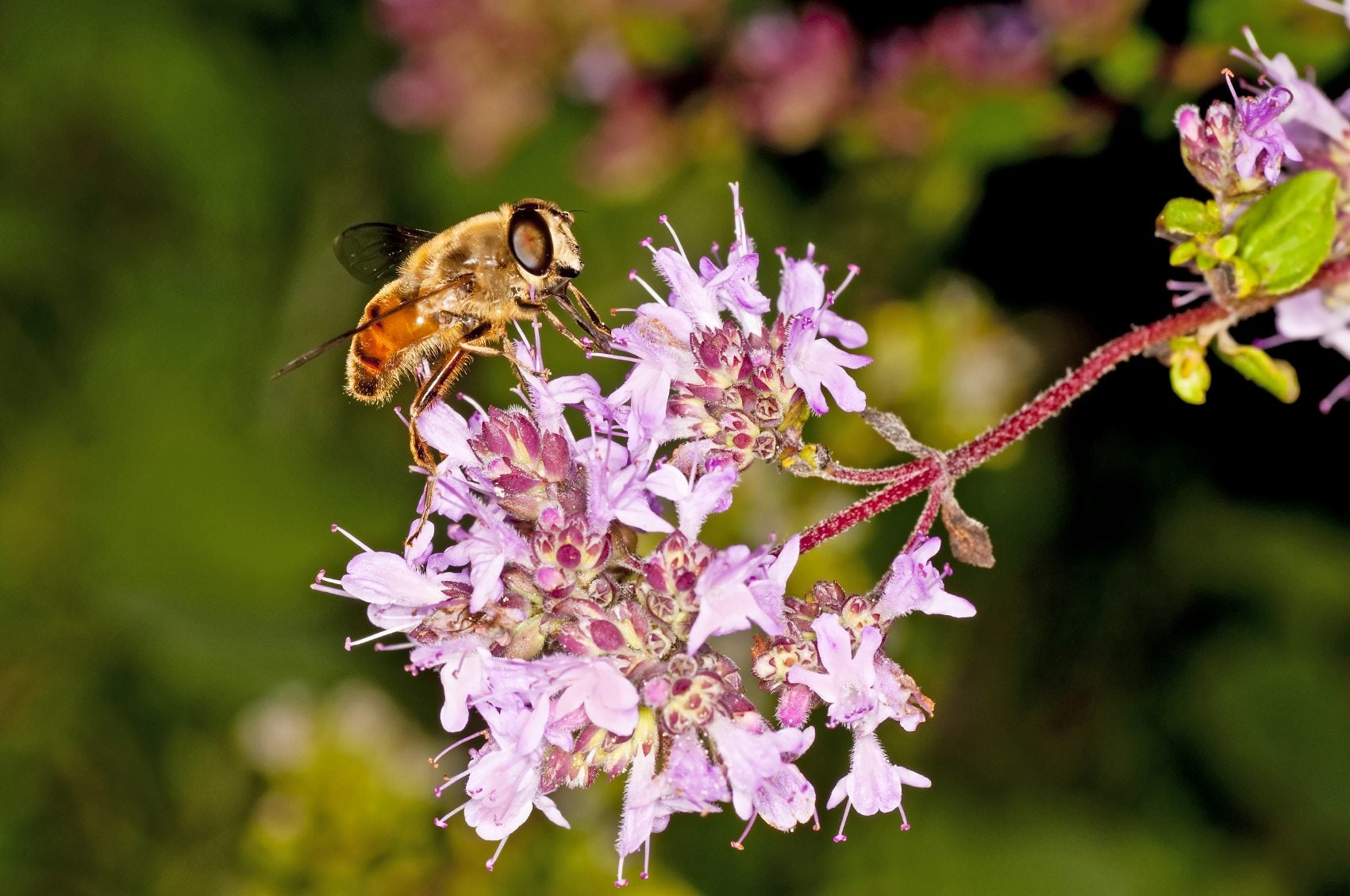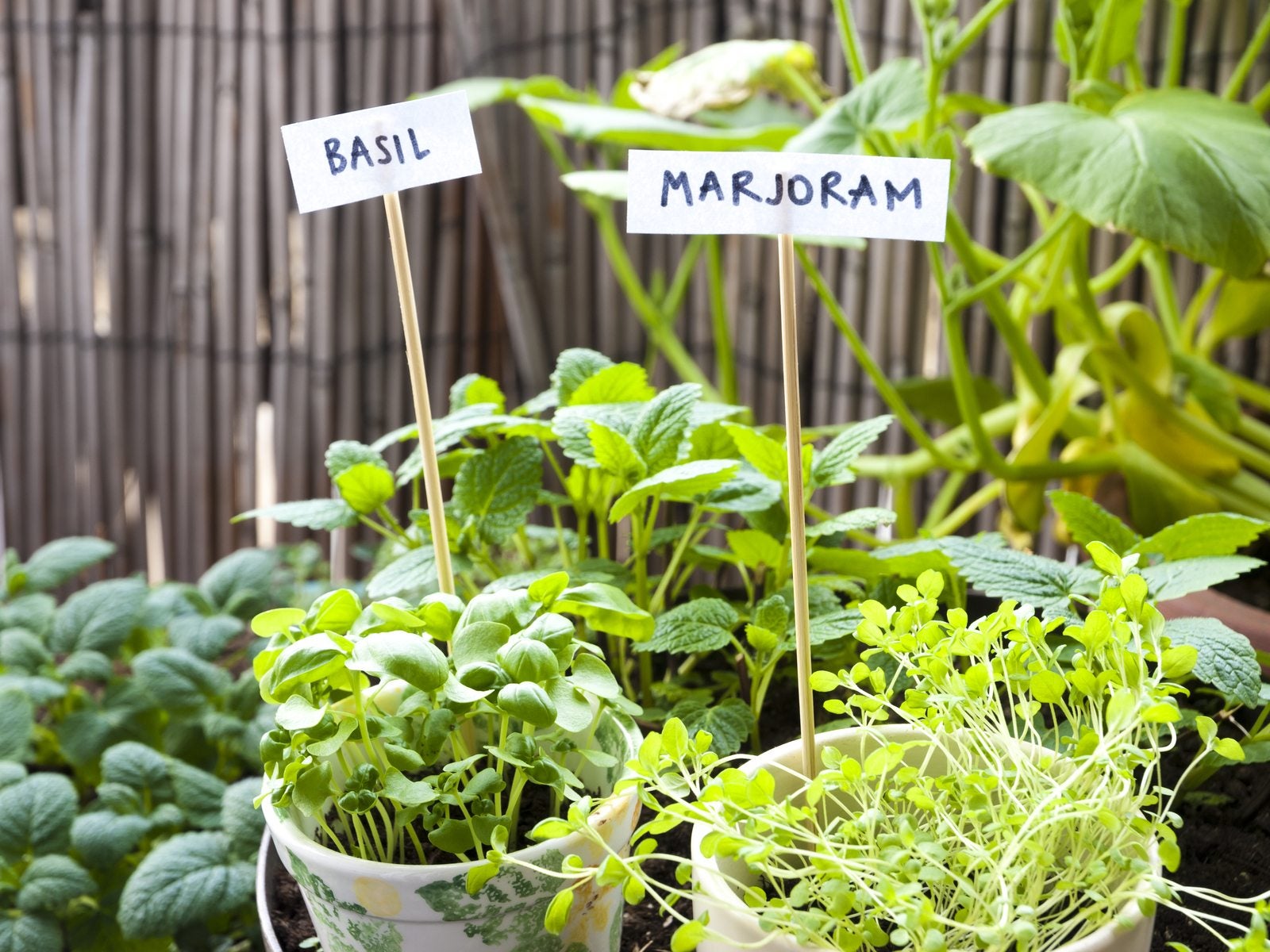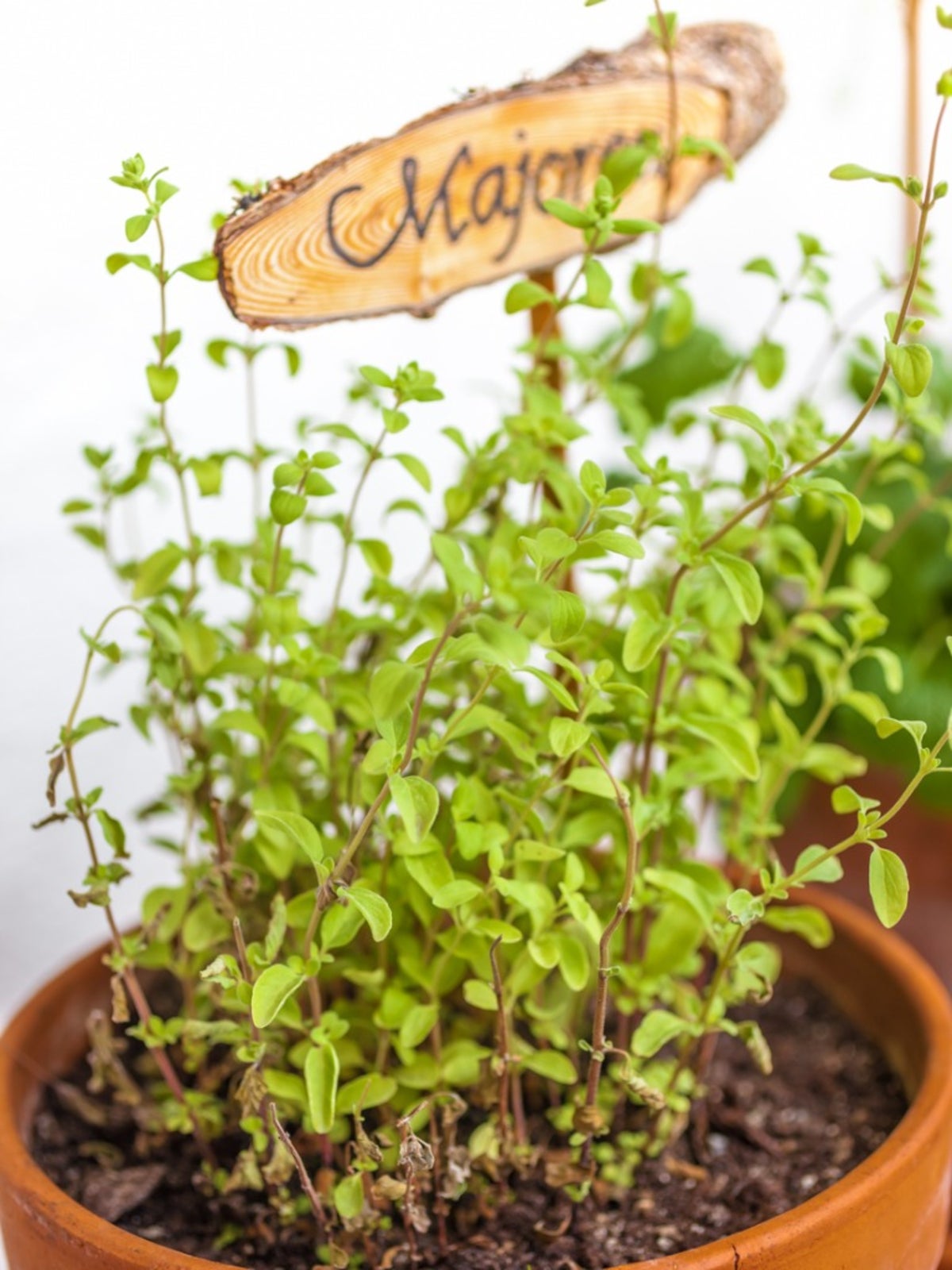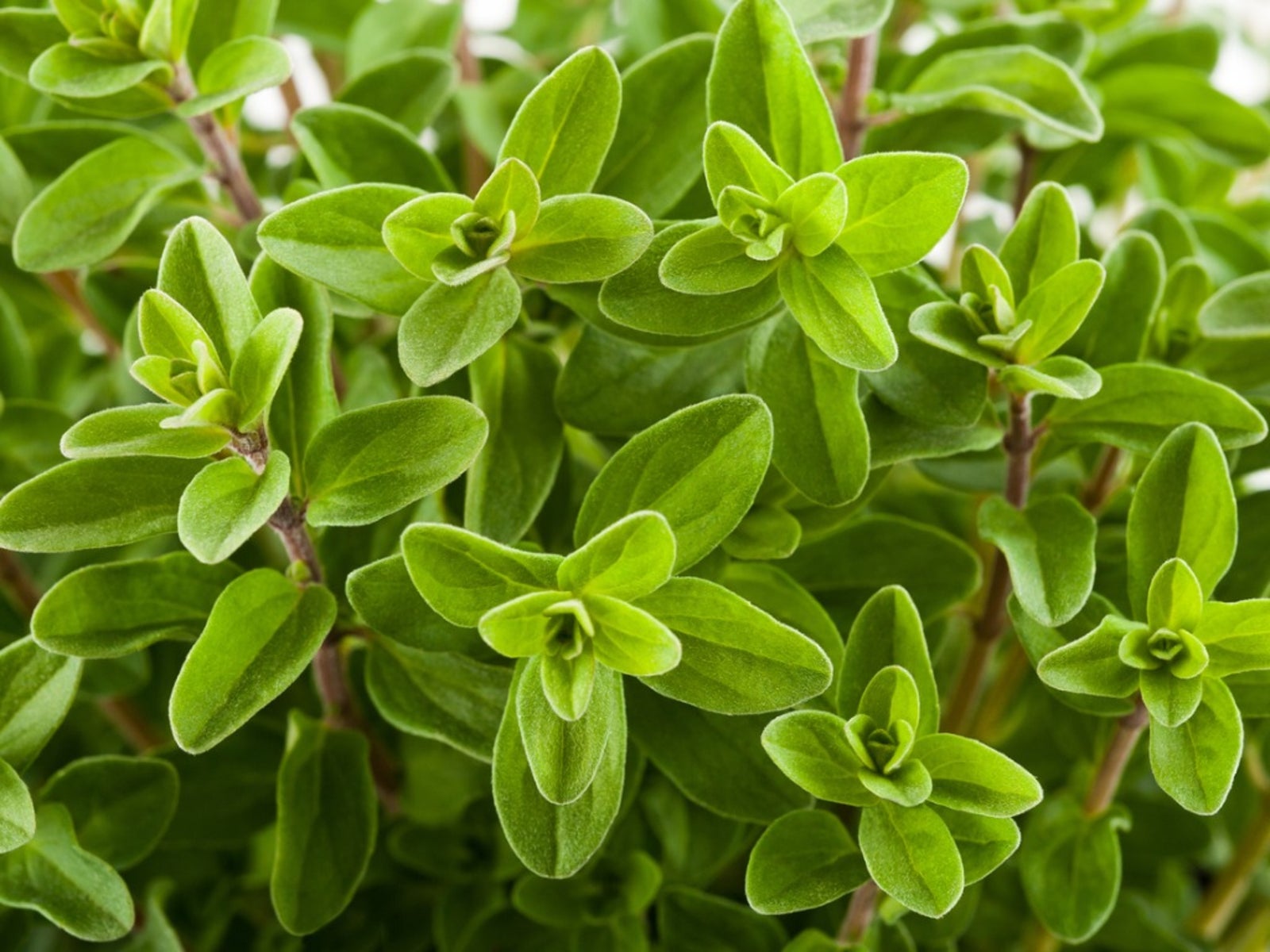Marjoram Blossoms: Can You Use Marjoram Flowers


Marjoram is a wonderful plant to have around, whether it’s in your garden or a pot closer to the kitchen. It’s tasty, it’s attractive, and it’s very popular in salves and balms. What do you do when you start getting marjoram blossoms though? Do marjoram blooms affect harvest? Keep reading to learn about marjoram blossoms and harvesting marjoram herbs.
Harvesting Marjoram Herbs
You can start harvesting marjoram herbs when the plant is about 4 inches (10 cm.) tall. This should be before the flowers start to form, when the leaves are at their best. Just pick the leaves as needed and use them fresh. You can brew them into tea, extract their oils for salves, or put them into your food just before you finish cooking to impart a pleasant, mild flavor.
Can You Use Marjoram Flowers?
Marjoram blossoms tend to appear in midsummer as beautiful, delicate clusters in pink, white, and purple. Do marjoram flowers affect harvest? Not completely. You can still pick the leaves, though they won’t taste quite as good. When you have marjoram buds, the best thing to do is to start picking sprigs for drying. Before the buds open, cut some of the stems from the plant (no more than one third of the total leaves) and hang them in a dark airy space. Once they’re dry, pull the leaves from the stems and either crush them or leave them whole to store. Once you have a marjoram plant blooming fully, the flavor of the leaves isn’t going to be as good. It’s still perfectly safe to eat them, though, along with the flowers, which taste like a milder version of the leaves. At this stage both the leaves and the flowers can be brewed into a very relaxing tea. Of course, leaving a few plants to bloom in the garden will entice pollinators. You can also harvest seeds from the spent blooms for more of this delightful herb.
Gardening tips, videos, info and more delivered right to your inbox!
Sign up for the Gardening Know How newsletter today and receive a free copy of our e-book "How to Grow Delicious Tomatoes".

The only child of a horticulturist and an English teacher, Liz Baessler was destined to become a gardening editor. She has been with Gardening Know how since 2015, and a Senior Editor since 2020. She holds a BA in English from Brandeis University and an MA in English from the University of Geneva, Switzerland. After years of gardening in containers and community garden plots, she finally has a backyard of her own, which she is systematically filling with vegetables and flowers.
-
 Types Of Tomatoes Explained: Explore The Many Wonderful Shapes, Colors, Flavors, & Best Uses
Types Of Tomatoes Explained: Explore The Many Wonderful Shapes, Colors, Flavors, & Best UsesThe world of tomato varieties is vast and fascinating. Learn about the key types to grow in your garden, tailored to your preferences and space.
By Amy Grant
-
 Try The Trend – Turn Any Bed Into A Keyhole Garden With This Clever In-Ground Composter
Try The Trend – Turn Any Bed Into A Keyhole Garden With This Clever In-Ground ComposterKeyhole gardening is an efficient and sustainable practice that saves space. Get started on this DIY project quickly and easily with an in-ground composter.
By Bonnie L. Grant
-
 Marjoram Companion Plants – What To Plant With Marjoram Herbs
Marjoram Companion Plants – What To Plant With Marjoram HerbsWhen planting anything in the garden, it's good to know ahead of time what grows best next to what. Use the information found in this article to learn more about companion planting with marjoram. Click here for more info.
By Liz Baessler
-
 Indoor Care of Marjoram Herbs: How To Grow Sweet Marjoram Inside
Indoor Care of Marjoram Herbs: How To Grow Sweet Marjoram InsideMany herbs grow quite well indoors. Sweet marjoram is one such herb. For tips on growing and caring for an indoor marjoram herb plant, you can read the article that follows.
By Amy Grant
-
 Marjoram Plant Care: Tips For Growing Marjoram Herbs
Marjoram Plant Care: Tips For Growing Marjoram HerbsGrowing marjoram is a great way to add both flavor and fragrance in the kitchen or garden. Marjoram is an easy to grow herb well suited for growing in containers as well as the garden. Read here for more info.
By Nikki Tilley